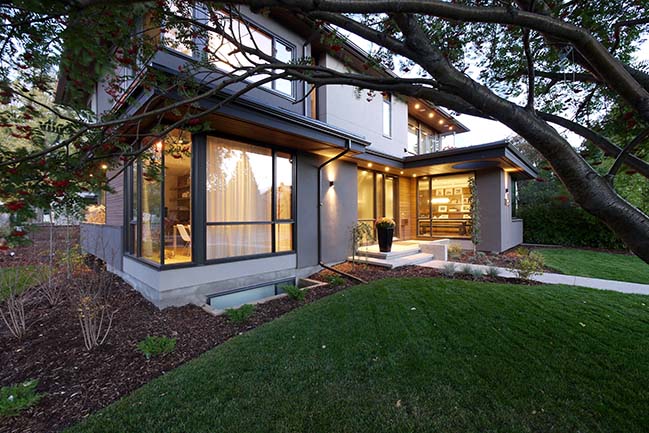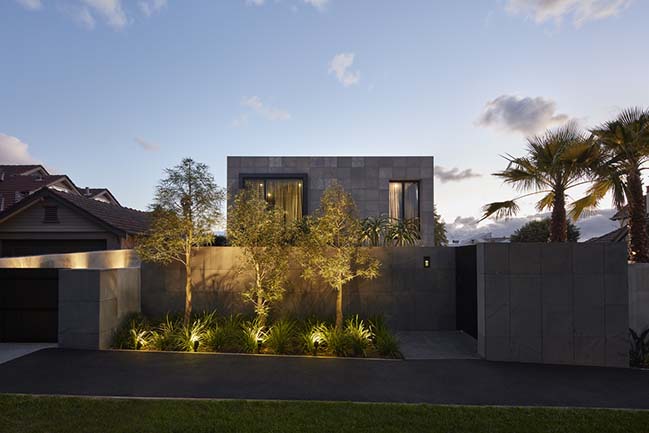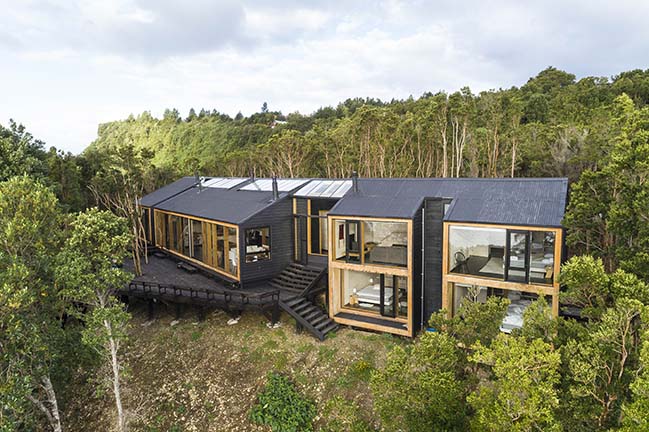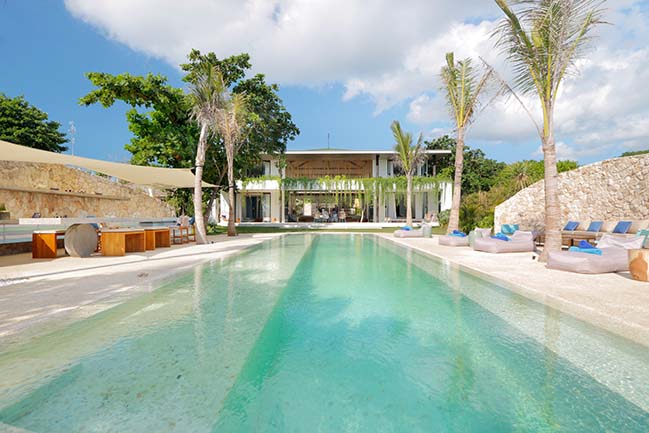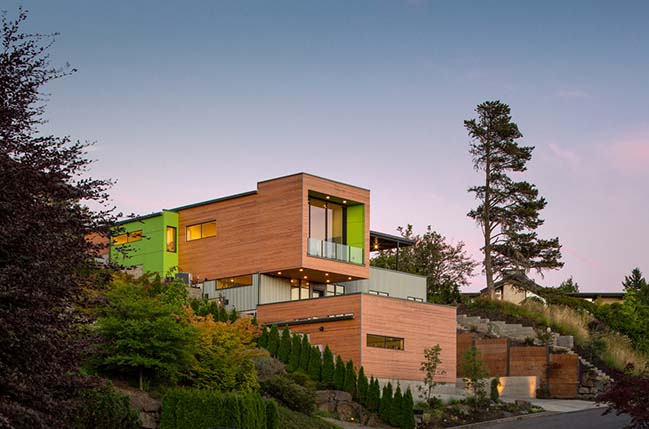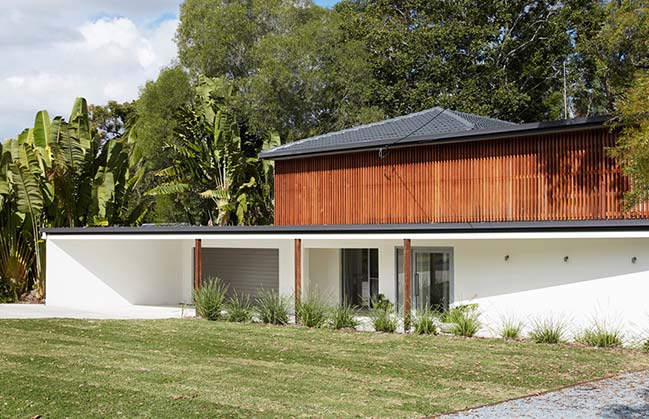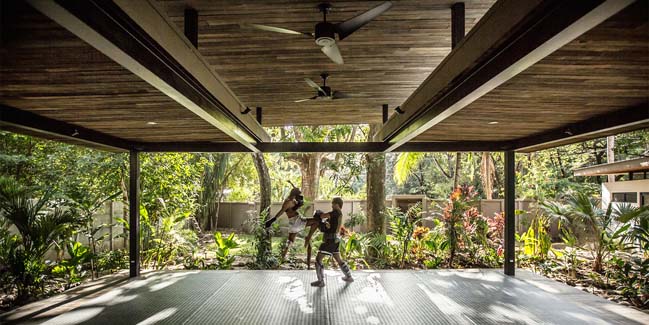08 / 16
2018
The design for the Two Pavilion house was developed in response to a difficult site. With a 5.5 metre wide, West facing street frontage that overlooked a railway line, the design for this house required a careful approach.
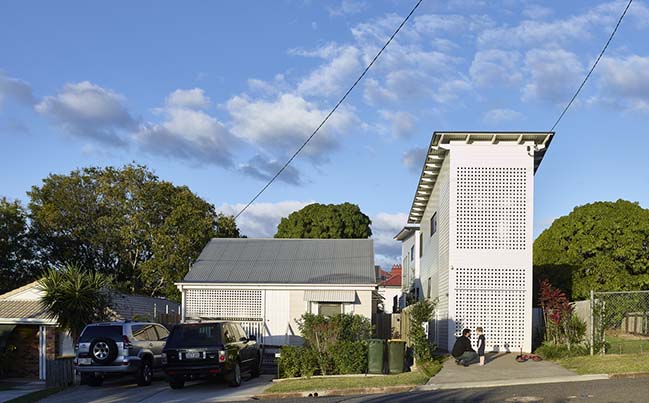
Architect: Toussaint and Volz
Location: Brisbane, Australia
Year: 2014
Project size: 140 m2
Site size: 317 m2
Photography: Scott Burrows
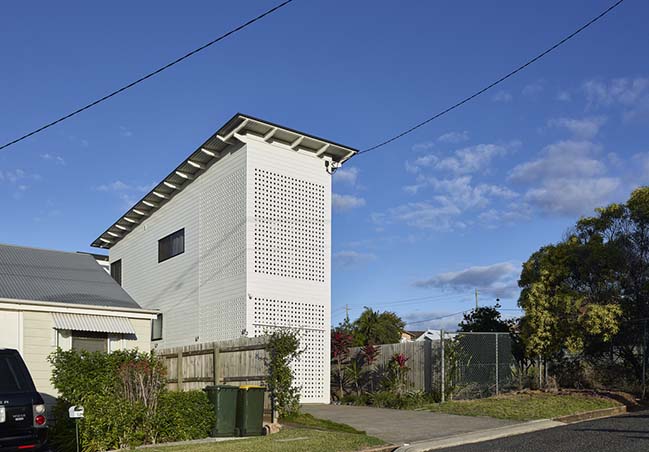
From the architect: The decision to split the house into two pavilions was driven by two factors. One was to create a courtyard that provided daylight and natural ventilation while still acoustically sheltering the house from the adjacent railway line. The second reason was to allow for flexible arrangements of habitation; being that the house can be occupied as a single detached, three bedroom dwelling, or as a two bedroom house with a self-contained bedsit. This created a house that could be occupied by a multi-generational family, provide rental income, incorporate a home office, or a second living area.
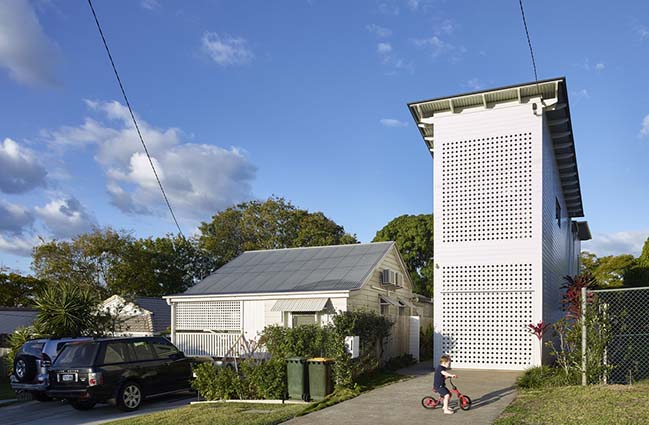
The central space that connects the two pavilions acts as an important hub for the home with the kitchen and outdoor eating area as the literal heart. The main living area located at the rear of the home opens out to a small backyard that captures South Easterly breezes. The material palette for the house was chosen in response to its context; to mimic the houses in the surrounding neighbourhood, so as to soften the visual impact of its tall thin proportions.
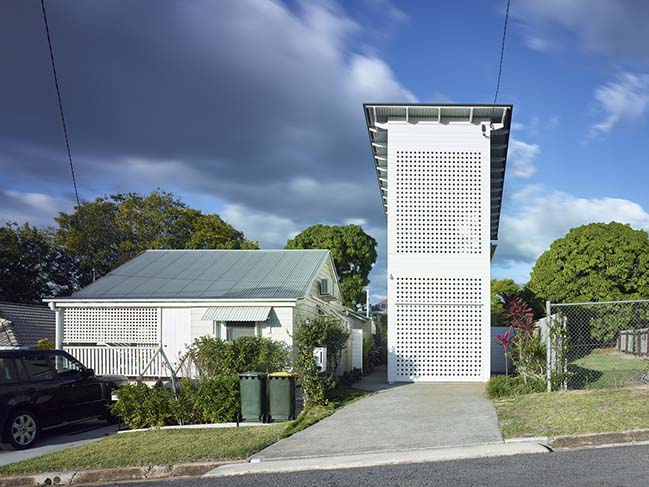
The timber screen on the front façade appears to be lattice work from a distance, referencing materials used in the suburb, but reveal themselves to be a pattern of circles as the viewer approaches the house. These screens are located at the East and West ends of the house, which work to provide privacy and shade the house from morning and afternoon sun, they were made by CNC routing circles into shiplap boards. Materials were also chosen to minimise trades to save cost and environmental impact. Joinery units were designed to be freestanding, plywood pieces to ensure that they could be re-used in the future.
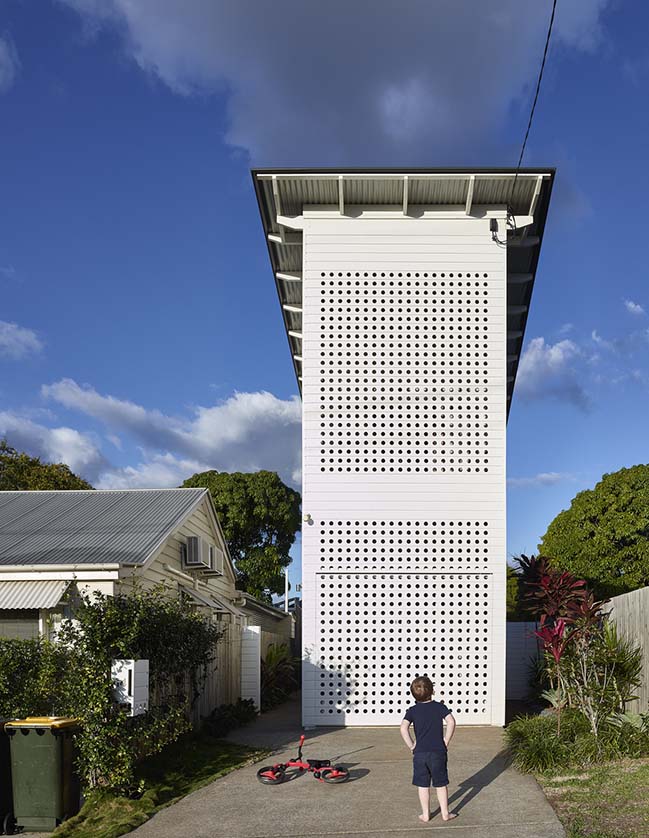
The two pavilion house has a small footprint but provides a variety of living spaces that can be reconfigured depending on how the house is occupied. The design provides a solution to the flexibility required for 21st-century housing careers. It’s an example of contemporary infill housing in the inner suburbs, and the capacity to provide solutions for affordable housing by working with a challenging site.

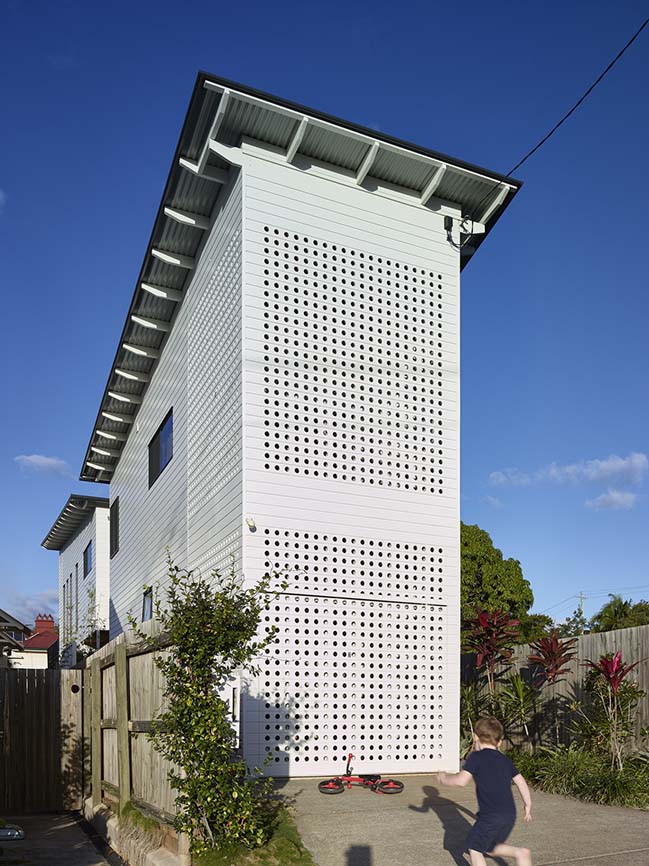
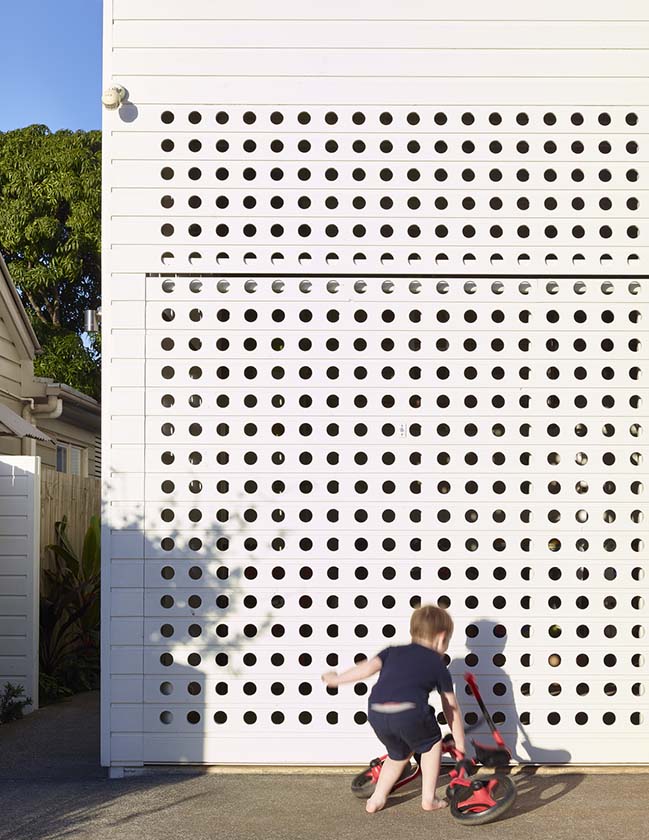
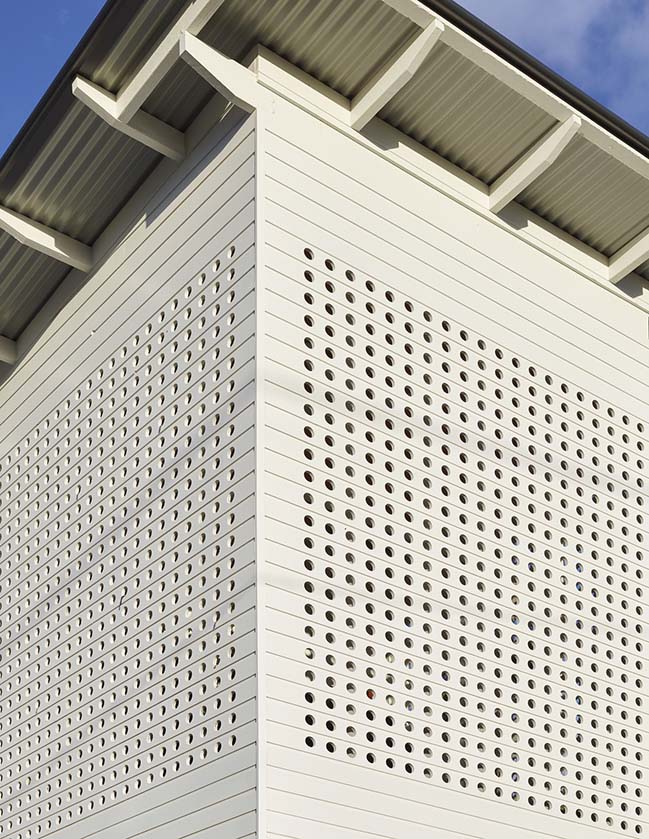
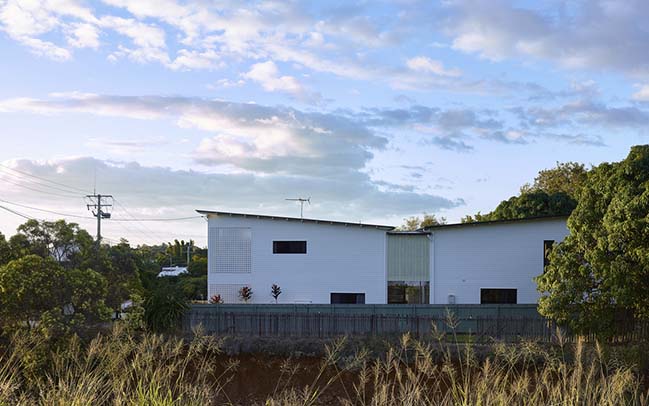
> You may also like: Bilgola Beach Pavilion by Matthew Woodward Architecture
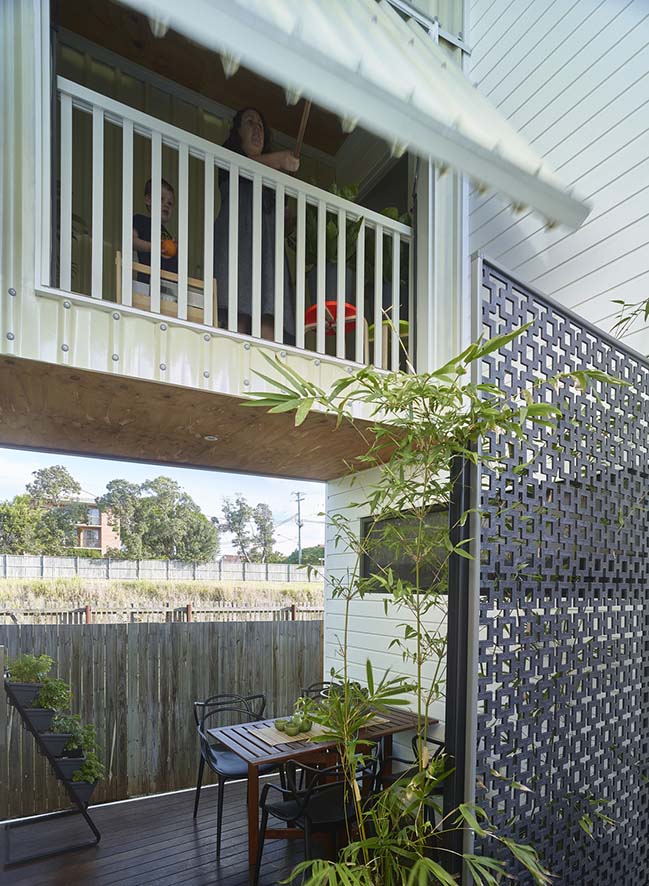
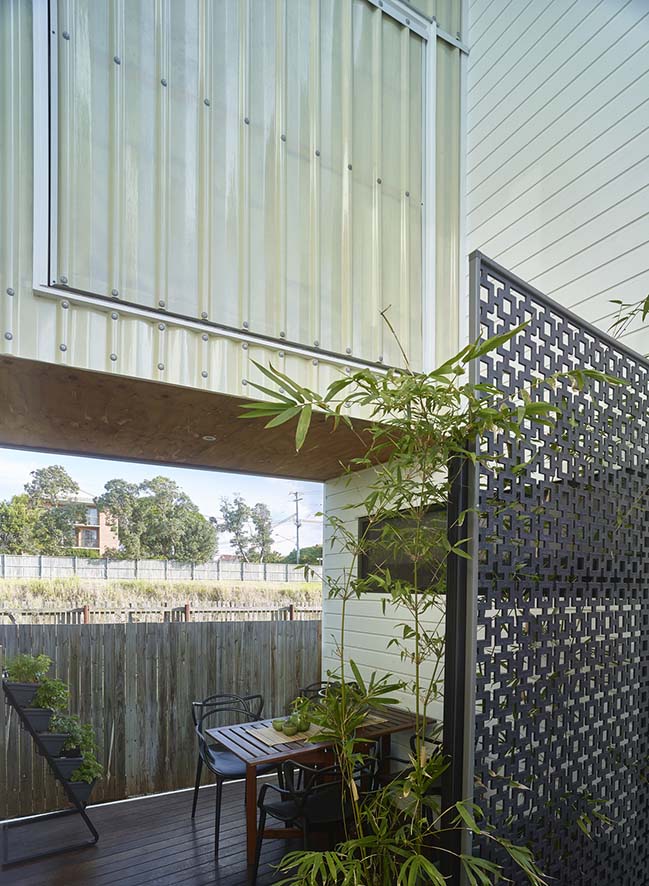
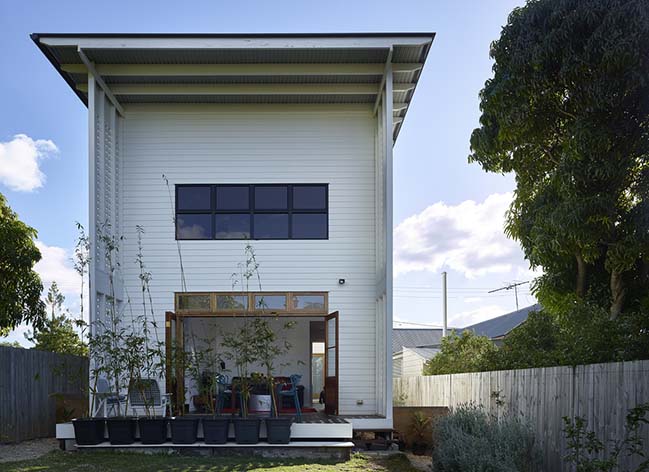
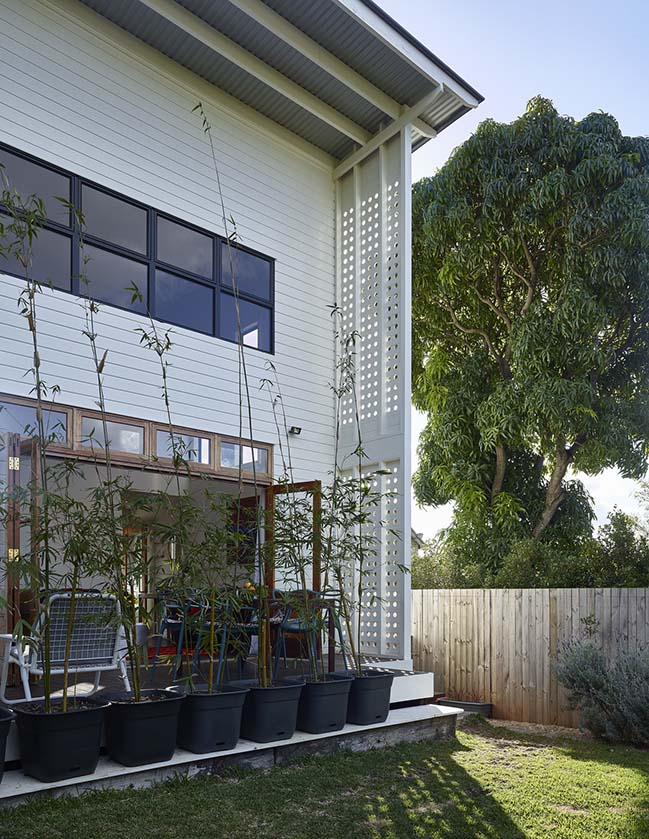
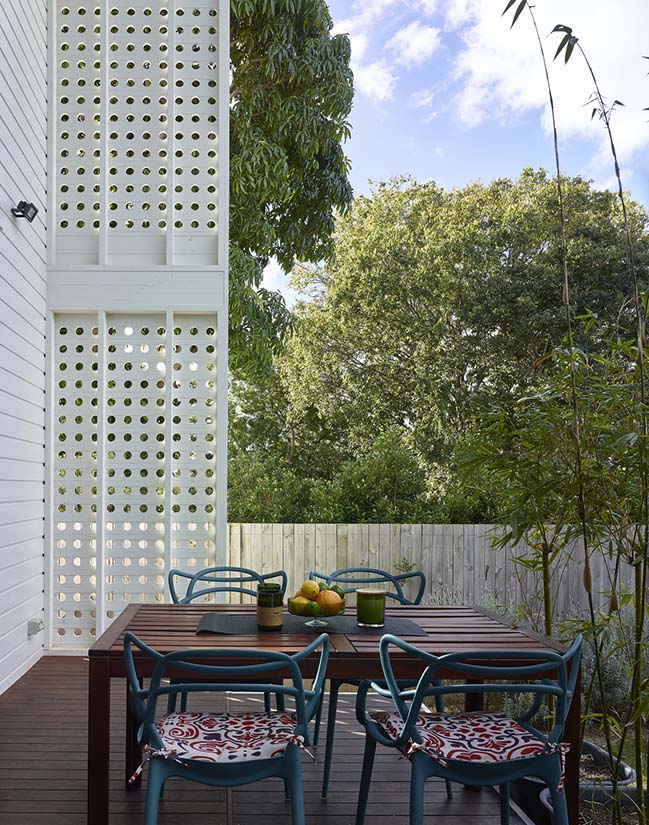
> You may also like: Bilgola Beach Pavilion by Matthew Woodward Architecture
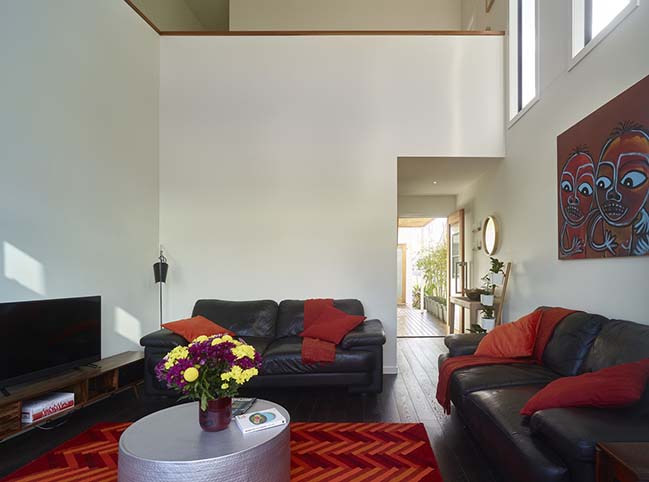
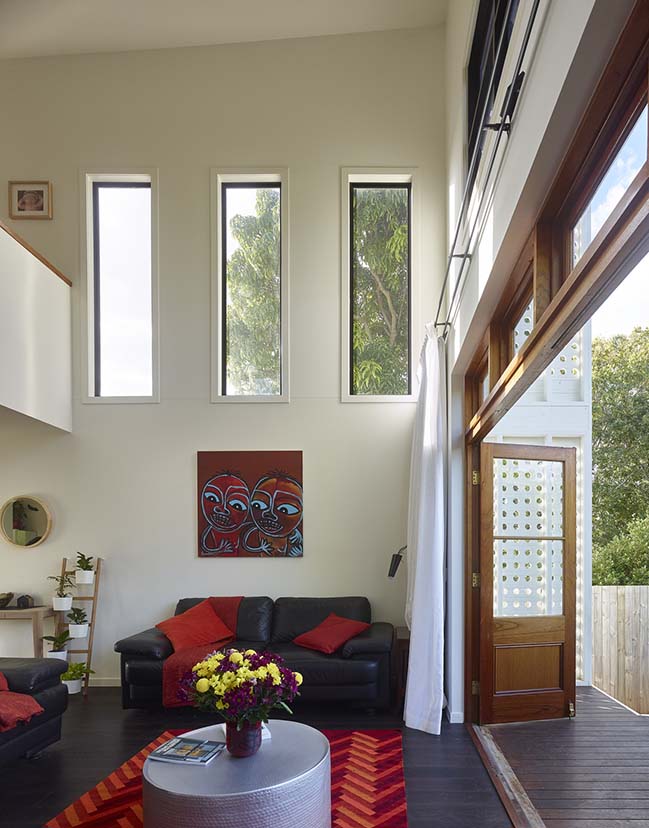
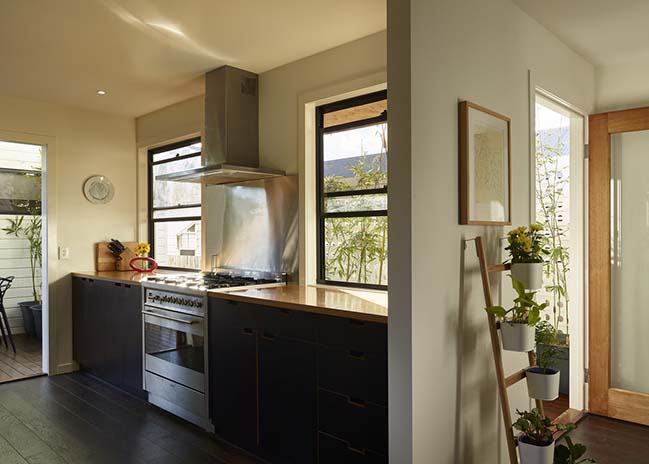
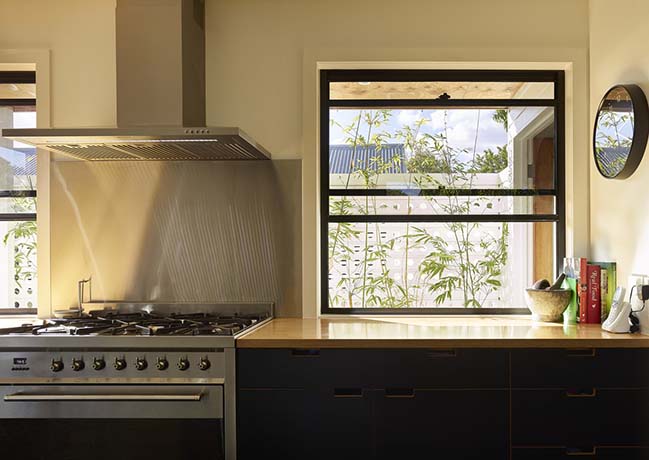
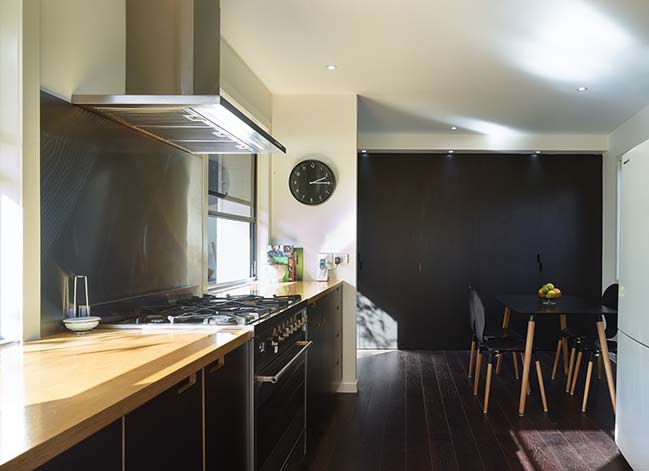
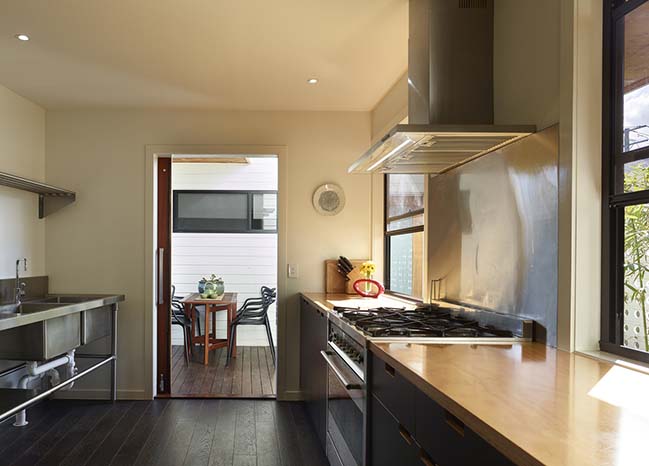
> You may also like: The Pavilion House by Tal Goldsmith Fish
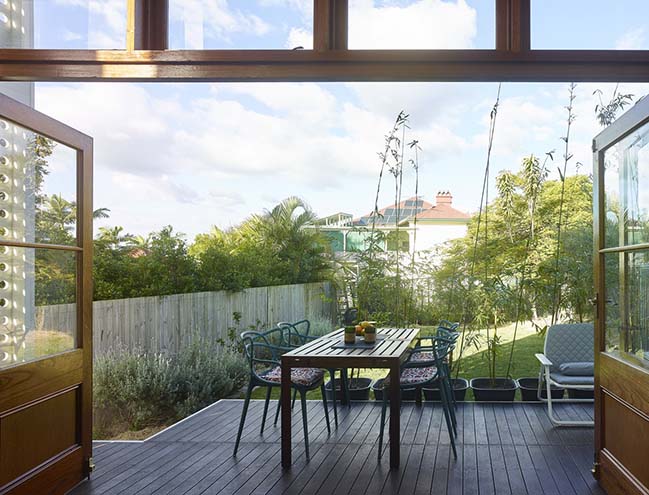
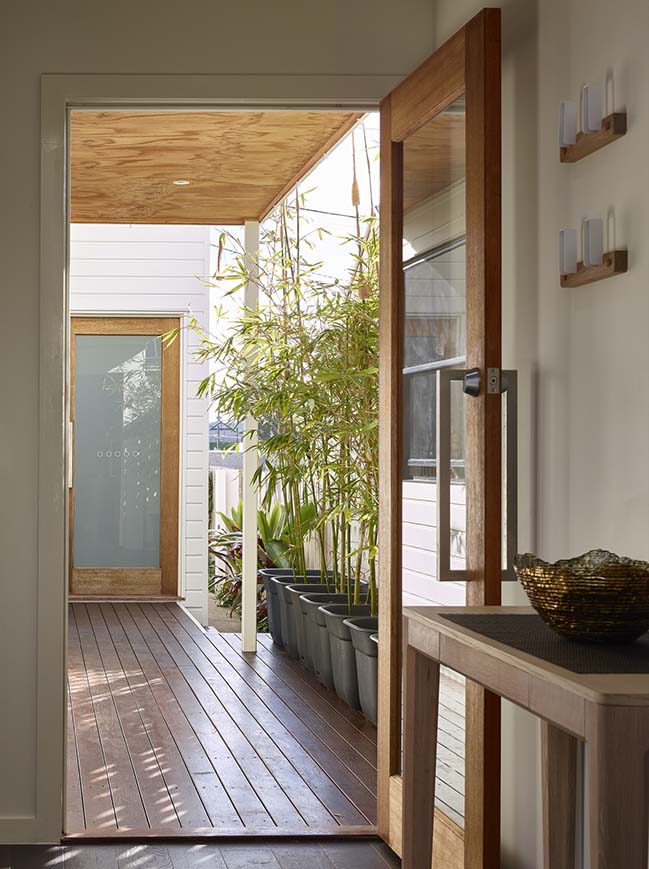
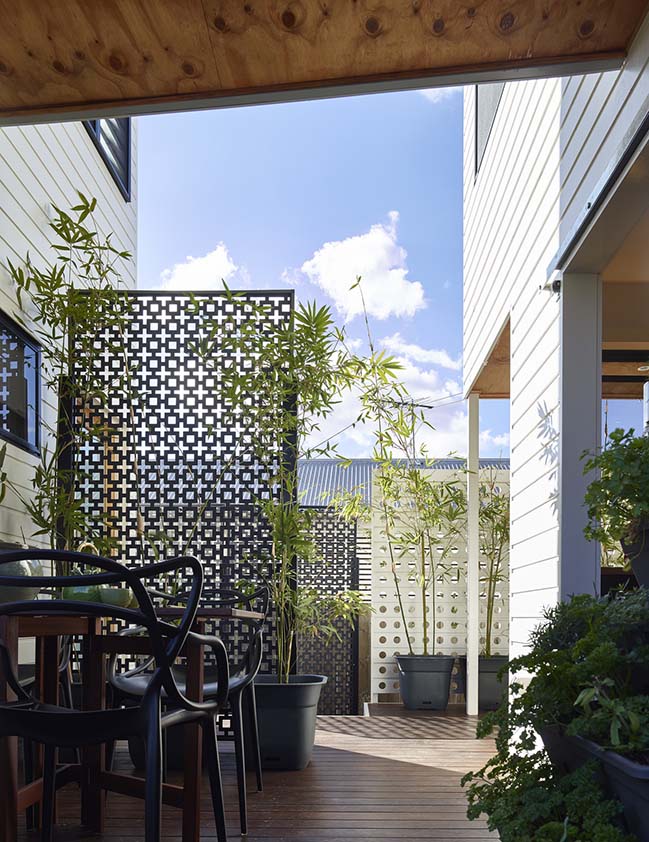
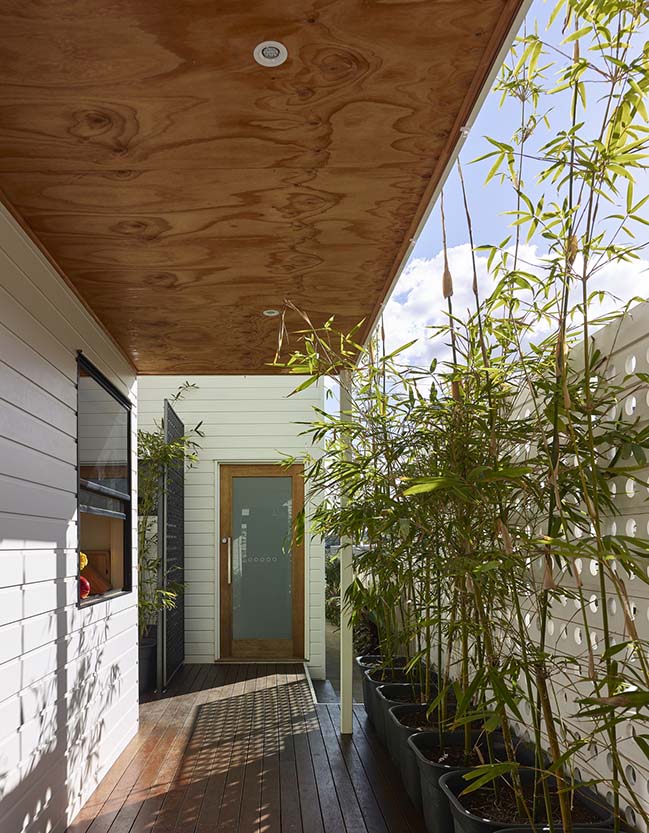
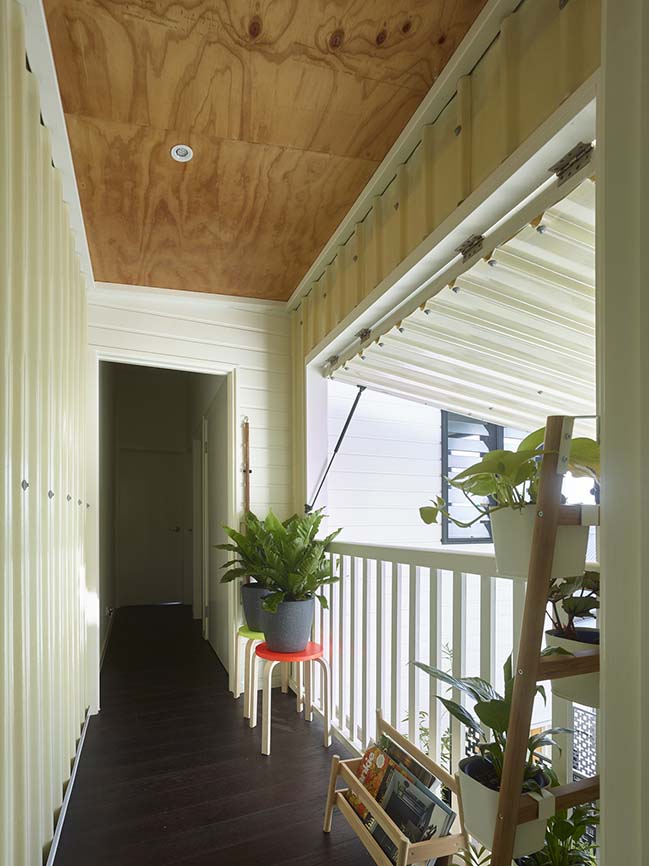
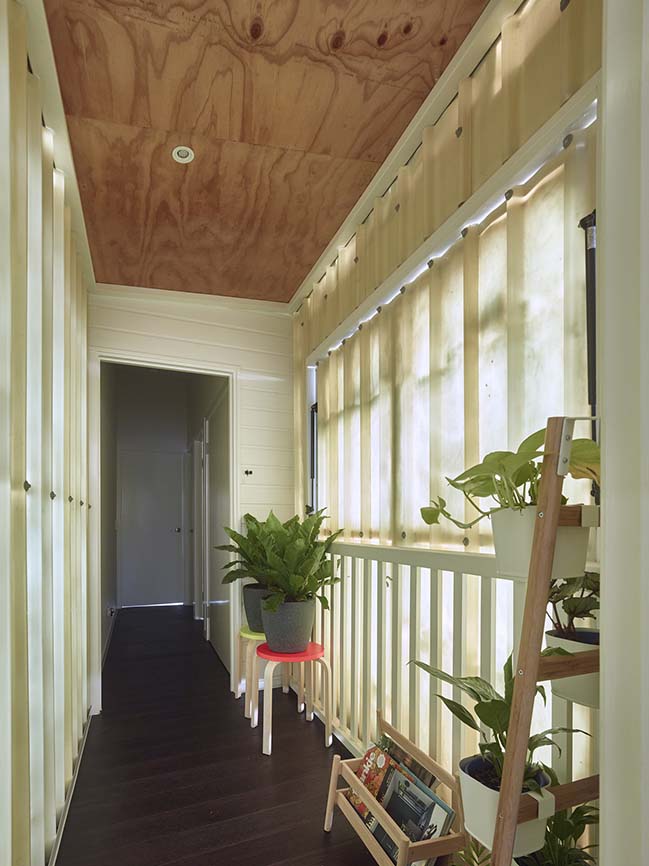
> You may also like: La Grange Pavilion by Murray Legge Architecture

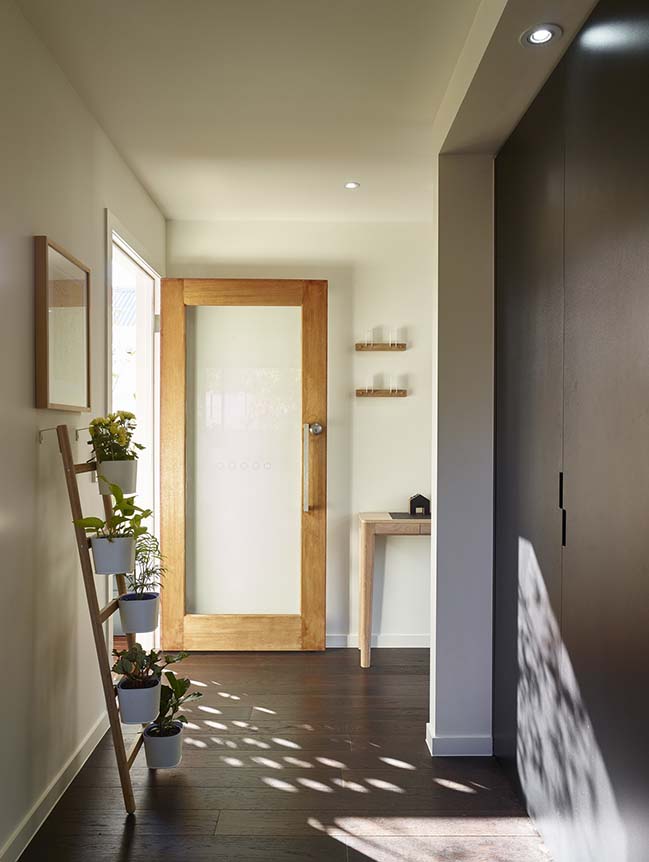
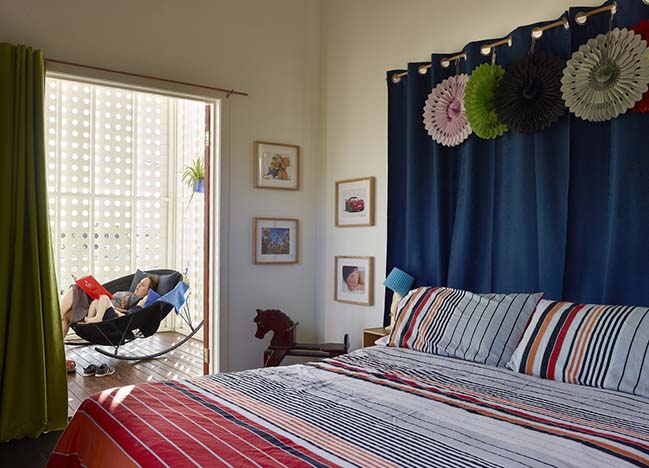
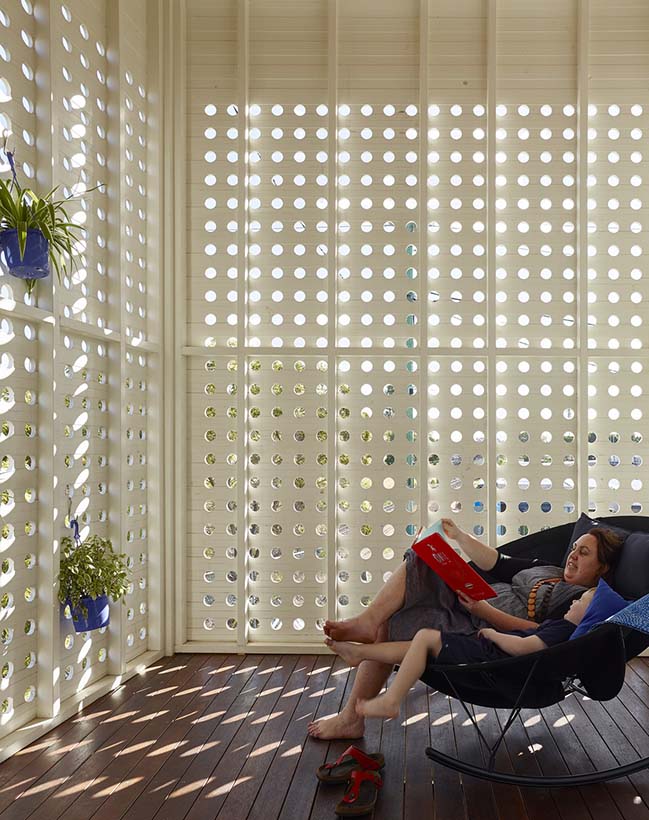
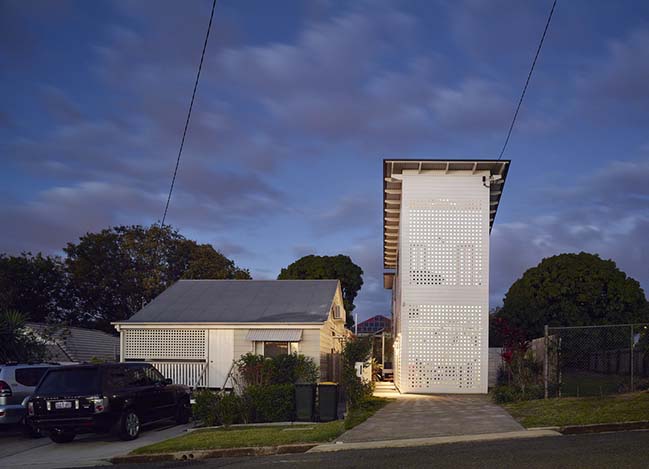
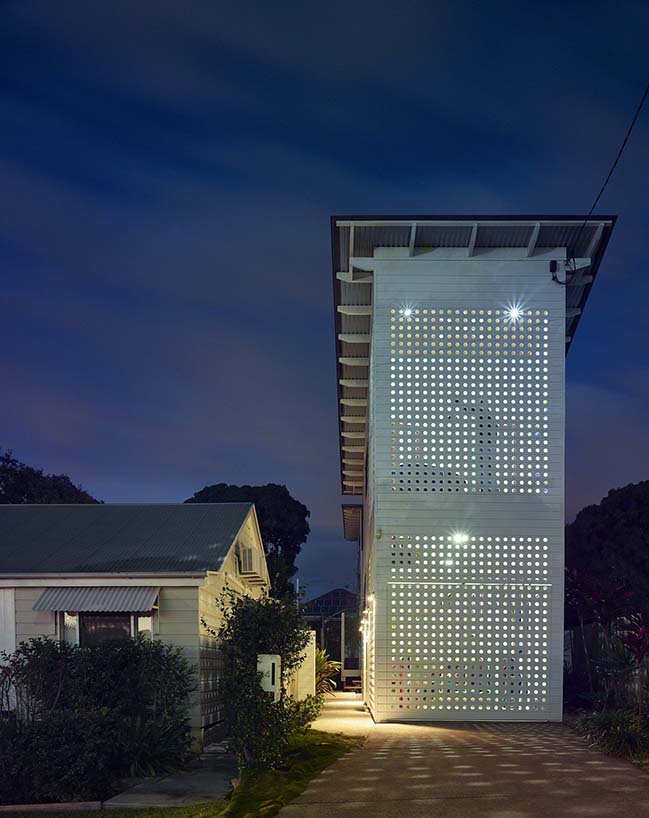
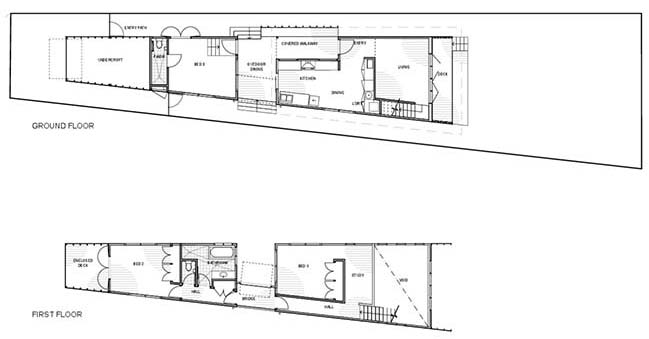
Two Pavilion House in Brisbane by Toussaint and Volz
08 / 16 / 2018 The design for the Two Pavilion house was developed in response to a difficult site. With a 5.5 metre wide, West facing street frontage that overlooked a railway line...
You might also like:
Recommended post: Boutique hotel and yoga studio in Costa Rica by Studio Saxe
